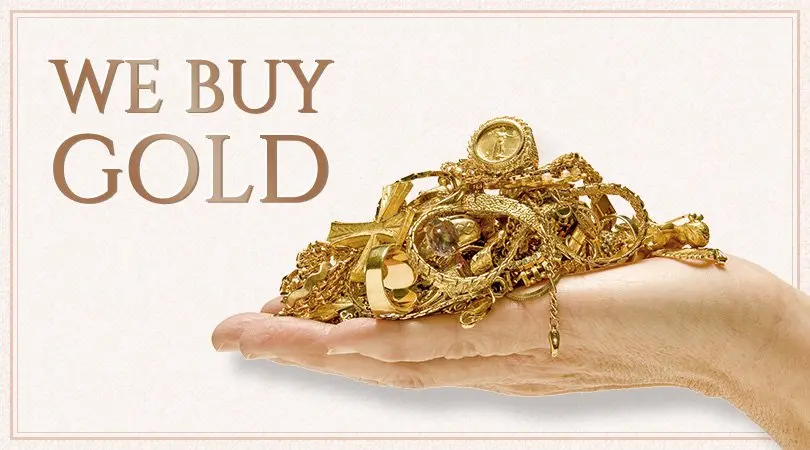Professional Techniques for Confirming the Authenticity of Gold Coins
Professional Techniques for Confirming the Authenticity of Gold Coins
Blog Article
Au has been a precious commodity for ages, and its genuineness is essential for purchasers and vendors alike. Verifying the authenticity of gold can prevent financial loss and ensure that individuals are making wise purchases. There are numerous effective techniques that can be used to ascertain whether Au is genuine or copyright. These approaches range from basic tests that can be done at home to more advanced techniques that necessitate expert equipment.
One of the most common methods for verifying gold is the acid test. This test involves applying a tiny drop of nitric acid to the Au item. Genuine gold will not react to the chemical, while copyright Au or gold-coated items will show a change in color or reaction. It is important to use this approach cautiously, as the chemical can harm the item if not used correctly. This test is popular because it is fairly affordable and can provide rapid results. However, it is recommended to conduct this test in a well-ventilated area and to wear protective gloves.
Another efficient technique is the magnet test. Gold is not ferromagnetic, so if a magnet sticks to the item, it is likely not real Au. This approach is easy and can be done at home with just a household magnet. However, it is crucial to note that some gold-plated items may also not be magnetic, so this test find should be used in combination with other methods for more precise results. The magnet test is a quick way to rule out clear counterfeits, making it a useful first step in the verification process.
The mass test is another reliable approach for checking the genuineness of gold. Au is a dense metal, and its mass can be measured by measuring the item and then measuring its size in water. To conduct this test, the gold item is measured, and then it is submerged in water to see how much water is moved. The density can then be determined using the formula: mass equals mass divided by size. If the mass of the item does not match the known density of Au, it is likely not genuine. This approach requires some fundamental math skills but can provide a more precise evaluation of the item's authenticity.
For those who want a more expert approach, taking the gold item to a goldsmith or a certified appraiser is a good choice. These experts have specific tools and expertise to accurately evaluate the genuineness of Au. They can conduct tests such as X-ray, which can identify the metal composition without damaging the item. Certified appraisers can also provide certification and certification, which can be valuable for resale or coverage purposes. While this method may require a fee, it offers reassurance and a thorough assessment.
In summary, verifying the genuineness of gold is essential for anyone looking to purchase or sell this valuable metal. Techniques such as the chemical test, magnetic test, density test, and professional evaluation can help individuals ascertain whether their gold is genuine or fake. By using these methods, purchasers and sellers can safeguard themselves from fraud and make informed choices about their purchases. Understanding these methods can empower individuals in the Au market and ensure that they are dealing with authentic products.